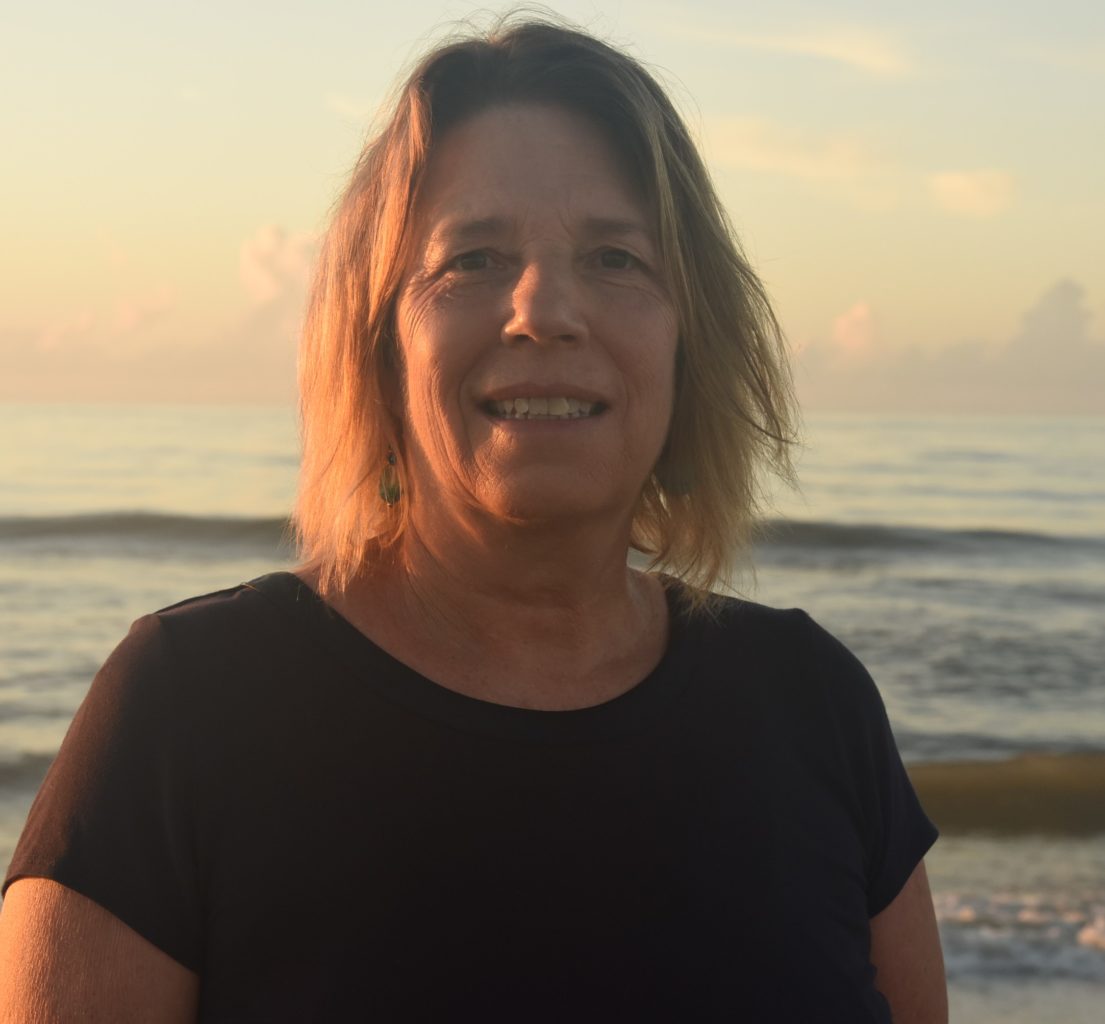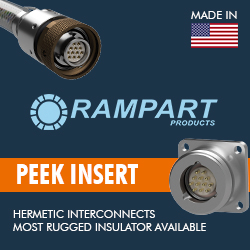President’s Message
 I am excited to step up as President of MTS. Thank you to Rick Spinrad for his service as President and for setting an ambitious and exciting path forward. For those who may not know about my professional background, I retired as a Captain in the U.S. Navy as a Meteorology and Oceanography officer. I then served joined NOAA where I was the founding Director of the United States Integrated Ocean Observing System (IOOS®). Currently, I am the CEO of Veraison Consulting LLC which focuses on ocean technology and policy. My affiliation with MTS began as the Director of IOOS where the MTS/IEEE-OES OCEANS conference was the perfect venue for the IOOS program to convey how it was growing and where we had the opportunity to listen to concerns and interests of the greater marine technology sector.
I am excited to step up as President of MTS. Thank you to Rick Spinrad for his service as President and for setting an ambitious and exciting path forward. For those who may not know about my professional background, I retired as a Captain in the U.S. Navy as a Meteorology and Oceanography officer. I then served joined NOAA where I was the founding Director of the United States Integrated Ocean Observing System (IOOS®). Currently, I am the CEO of Veraison Consulting LLC which focuses on ocean technology and policy. My affiliation with MTS began as the Director of IOOS where the MTS/IEEE-OES OCEANS conference was the perfect venue for the IOOS program to convey how it was growing and where we had the opportunity to listen to concerns and interests of the greater marine technology sector.
From my perspective, MTS provides value by being attentive to its members and the wider Marine Technology Community. I view this through the framework of three main themes: Connect, Catalyze, and Communicate.
Connect
MTS connects people through our professional committees. The committees are at the forefront of advancing technologies by bringing together industry, academia, and government to discuss standards and protocols; and lowering the barriers and opening the opportunities for the use of technology. The sections are where the technology minded folks across the disciplines discuss new ways marine technologies can be used. Our student sections allow our future leaders to connect with those already in the field and OCEANS gives them a chance to publish and present. Our conferences and now webinars keep us linked together even when we are physically far apart.
Catalyze
MTS is a catalyst for change. From the recognition of the Ocean Enterprise, to Tech Surges, to CMarTech certification piloted with the Society for Underwater Technology (SUT), we are on the leading edge bringing together skilled professionals to share best practices. To keep this momentum going and ensure that MTS is a place where all are welcome, as both a professional society and as part of the greater technology community, we must discuss issues of diversity, inclusion, and equity and then undertake actions to remove any barriers that prevent all members from reaching their potential and contributing fully to MTS.
Communicate
We must come together in a unified voice. All too often we represent our own area, company, or program. The result is a message that is diluted and often contradictory. There are many types of organizations − from scientific societies to industry associations to not-for-profit organizations − who all care about our oceans, coasts, and lakes. MTS can work with all these decision makers to ensure science and technology are what propels us to achieve a sustainable Blue Economy.
Furthermore, I challenge us all to communicate in new and different ways. Ocean and Earth observations impact our lives in very real and tangible ways that most people aren’t aware of. When invited to speak at community events, I start with the question: Who woke up this morning and thought about the important role of ocean technology and observations in my day to day life? As you can imaging, very few hands to raise. Then I ask the question: Who is carrying a cell phone? Of course, nearly 100% of those in attendance raise their hands. I then state that – without marine technology and observations – you would not be able to get ships into or out of ports. Without maritime commerce, you would not have cell phones. This example, and others, provide a new lens in which people from diverse backgrounds can relate to the essential nature of marine technology and observations in their everyday lives. For example, I fondly remember the ribbon cutting ceremony we had at the Smithsonian’s National History Museum for the opening of the exhibit about the Scarlet Knight, the first glider to navigate across the vast Atlantic Ocean. This exhibit was in the museum for several years with over four million people viewing it each year. Or how the United States Group on Earth Observations developed exhibits that illustrate earth observations through the lens of Jazz music.
In closing, three shout outs:
First, congratulations to Dr. Kathy Sullivan, the first US woman to complete a spacewalk in 1984 and the first woman to travel almost seven miles to reach The Challenger Deep, the lowest known point in the ocean. We are thrilled that Dr. Sullivan will talk about her latest expedition on our webinar series on 19 August.
Second, welcome home to the Slocum G2 Glider, named Silbo, after its four-year trek around the Atlantic Ocean, 1273 days at sea, and 22570km. Silbo left Teledyne facilities in April of 2016. Since leaving Cape Cod, Silbo made stops at the Marine Institute Labs in Galway, Ireland, Plocan in the Canary Islands, and University of the Virgin Islands in St. Thomas to be re-battered. From St. Thomas, the glider traveled to Bermuda where it hung out with 2 BIOS gliders, collecting data for 4 months. Silbo’s data was used daily in global forecast models, including storm intensity predictions having encountered a couple of hurricanes during the journey.
Finally, don’t miss Global OCEANS which runs from 5-21 October. While we had to go virtual this year, it is sure to be a superb event with both live and on demand sessions, plenaries, technical talks, the student poster conference, workshops, and special sessions. Registration has just opened – don’t miss this event.
-Zdenka Willis


